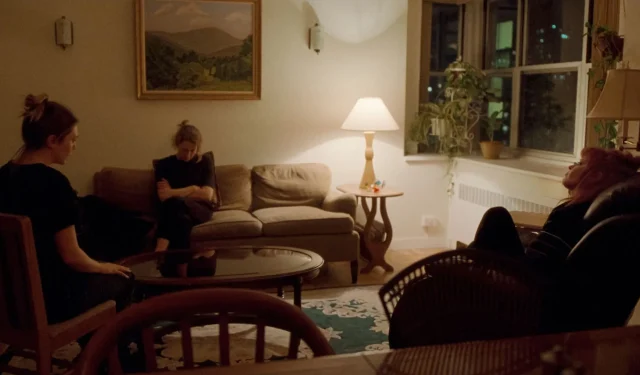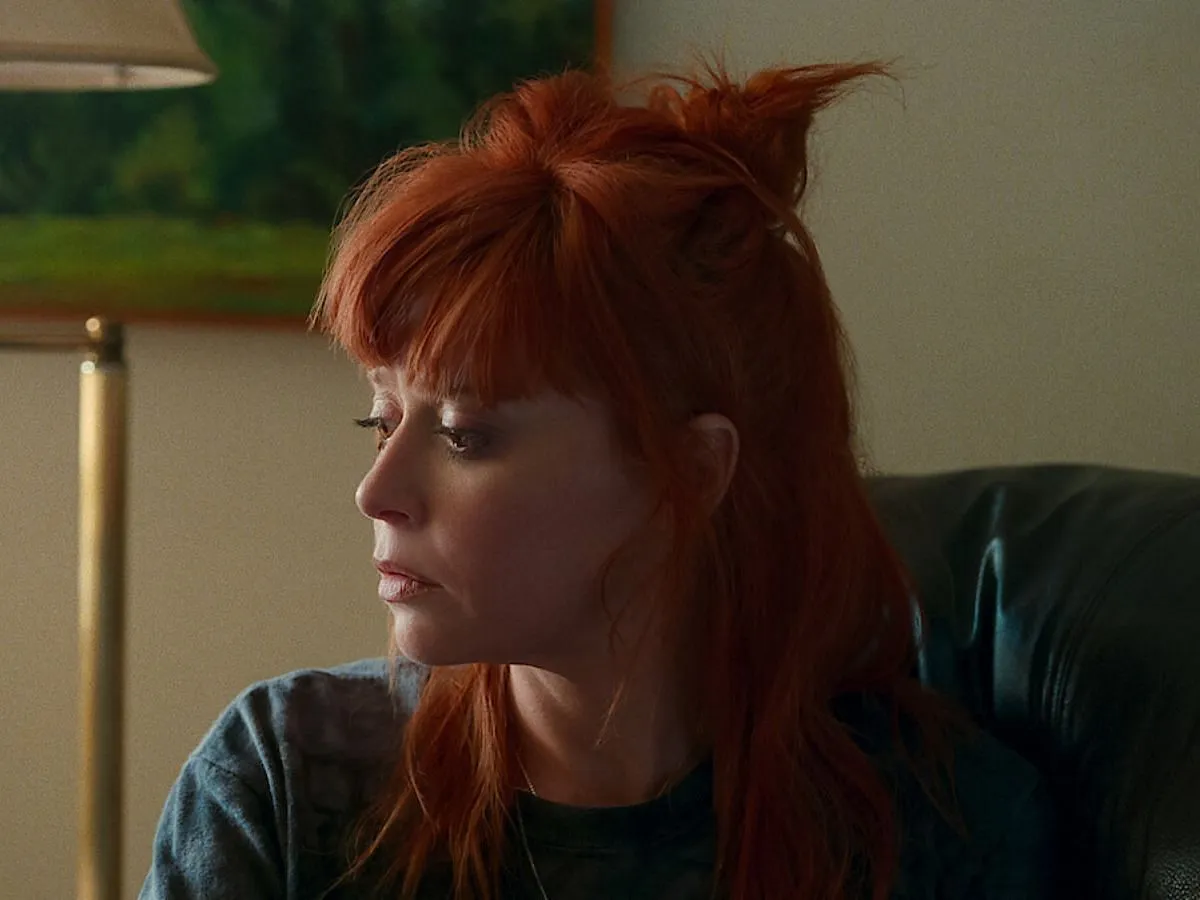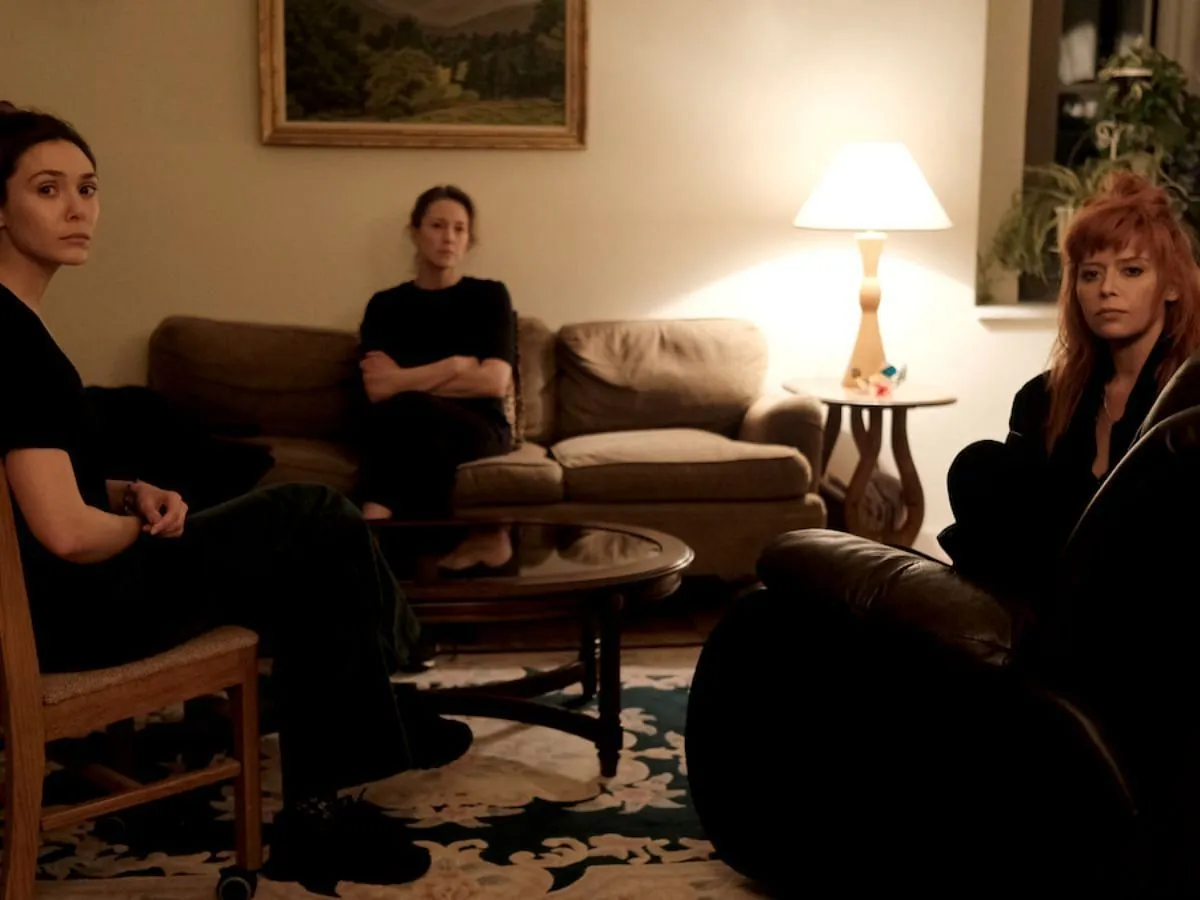
His Three Daughters is a 2023 American drama film crafted by Azazel Jacobs. This moving narrative highlights the reunion of three estranged sisters, played by Carrie Coon, Natasha Lyonne, and Elizabeth Olsen, who come together to care for their terminally ill father. The film premiered on September 9, 2023, at the Toronto International Film Festival and received widespread acclaim for its deft direction and profound emotional impact.
His Three Daughters became accessible on Netflix starting September 20, 2024, after a limited theatrical release that began on September 6, 2024, allowing audiences worldwide to experience its poignant storytelling.
The choice to film in 35 mm was a deliberate one for Jacobs and cinematographer Sam Levy. This technique was intended to enhance the emotional tone of His Three Daughters. The use of 35 mm film provided a visual texture that digital formats could not replicate, thereby amplifying the film’s emotional resonance.
Levy aimed to capture the subtle, spiritual undertones of the narrative. The decision to utilize film was about delivering the story as authentically as possible, rather than merely focusing on visual aesthetics.
The film’s 35 mm cinematography enriches its atmosphere, bestowing upon the visuals an ethereal quality. The grain from the 35 mm film enhances skin tones and the richness of the lighting, thus cultivating a spiritual and emotionally charged environment. This article will analyze the motivations behind this choice and discuss its influence on the narrative’s progression.
The official synopsis from Netflix states:
“Emotions run high when three estranged sisters reunite in a cramped New York City apartment to watch over their ailing father during his final days.”
A Spiritual Atmosphere through 35 mm in His Three Daughters
Cinematographer Sam Levy underscored the significance of revealing the “unseen aspects”of His Three Daughters. By choosing 35 mm film, the intention was to create an environment where viewers could feel the presence of the dying father throughout the story.
The unpredictable nature of filmmaking imparted a mystical quality to important moments within the film. The grain from the 35 mm format provided a tactile texture, enhancing the emotional intensity of scenes like a bright light or a glowing window, thereby heightening the film’s emotional appeal.
A Nod to Cinematic Tradition
Another motivation for shooting in 35 mm was to evoke the aesthetic of the French New Wave and 1990s American independent cinema. Both Jacobs and Levy sought to infuse a nostalgic vibe into the visual elements.
They accomplished this by exercising meticulous control over every shot. By utilizing a single camera on film, they were able to plan each scene carefully, ensuring a refined precision. Every camera movement and cut felt intentional, reinforcing the narrative’s emotional depth.
The Emotional Connection through Imperfections

Levy embraced the imperfections that 35 mm film brings, believing they contributed an essential spiritual essence to the narrative. Whether stemming from lighting issues or the film stock itself, these flaws added depth to the character experiences.
If shot digitally, these imperfections would have been smoothed over. Yet in His Three Daughters, they became integral to the emotional landscape, allowing Jacobs and Levy to maintain an authenticity suitable for exploring themes of grief, connection, and reconciliation through the use of 35 mm film.
Plot of the Movie
His Three Daughters follows sisters — Katie, Christina, and Rachel — who return to their childhood home to care for their ailing father. Over three days, they confront long-standing conflicts and unresolved issues.
Rachel, who has been caring for their father, faces criticism regarding her life choices, while Katie, possessing controlling tendencies, grapples with her own sense of loss. Christina, the mediator, strives to keep the family together as they navigate the challenges posed by their father’s impending death and the subsequent journey towards healing and closure.
Production and Direction

Jacobs developed His Three Daughters with the lead actresses in mind, utilizing the intimate setting of a New York apartment to draw out deeply personal performances from the cast.
Levy’s choice to shoot in 35 mm enhanced the film’s timeless nature, aligning perfectly with Jacobs’ vision. His decision to use just one camera contributed to the film’s deliberate pacing and emotional depth, fostering a profound connection between the audience and the characters.
The Ending of His Three Daughters: Emotional Closure
His Three Daughters concludes in a surreal yet poignant manner. The sisters surround Vincent during his final hours, and he appears to momentarily revive, delivering heartfelt monologues and reaching out to his daughters in ways previously thought unattainable.
However, this clarity exists only within Vincent’s dying consciousness. His actual death brings a sense of tranquility, allowing the sisters to begin their healing process. Christina sings a lullaby in the movie’s final moments, while Rachel, now liberated from judgment, sits in quiet reflection.
The Illusion of Control in the Final Moments
The concluding scenes depict Katie, who struggles with control, undergoing a transformation. She apologizes to Rachel, signifying her acceptance of the tumultuous nature of loss as the narrative evolves.
The 35 mm film mirrors this sense of letting go, suggesting that not everything can be controlled, just as feelings cannot always be neatly categorized.
How the Sisters Found Peace after Their Father’s Death
Post their father’s passing, the sisters embark on a journey to mend their fractured bonds. This healing process is visually reflected through the film’s gentle lighting and understated camera movements.
As the three sisters come together in the aftermath of Vincent’s death, a palpable sense of serenity and closure emerges. The film poignantly captures the intricate emotions associated with loss, offering a resolution that feels authentic rather than contrived.
In the final moments, as the sisters share a tranquil interlude together, a hint of renewed connection lingers. The employment of 35 mm film renders these moments intensely personal and engaging, infused with a warmth that resonates with the film’s overarching themes of reconciliation and life’s unpredictability.
His Three Daughters was crafted using 35 mm film to enhance its emotional and spiritual layers. The film stock’s unique texture imparted a genuine essence to the characters’ exploration of grief and healing.
By selecting this medium, the directors established a profound connection between viewers and the characters, amplifying the emotional depth of the story. For a narrative centered on family, loss, and healing, 35 mm film proved to be the perfect choice.




Leave a Reply